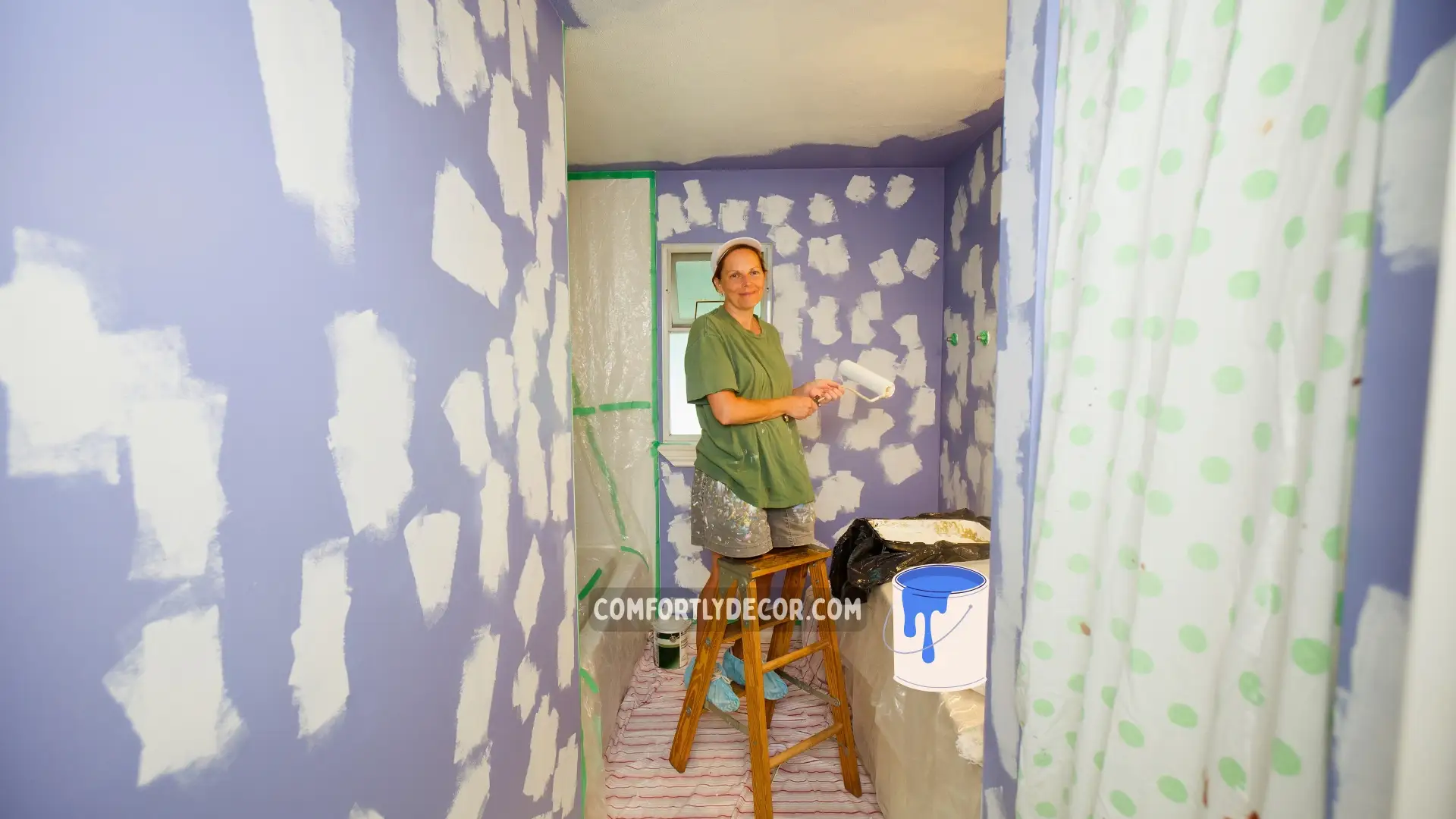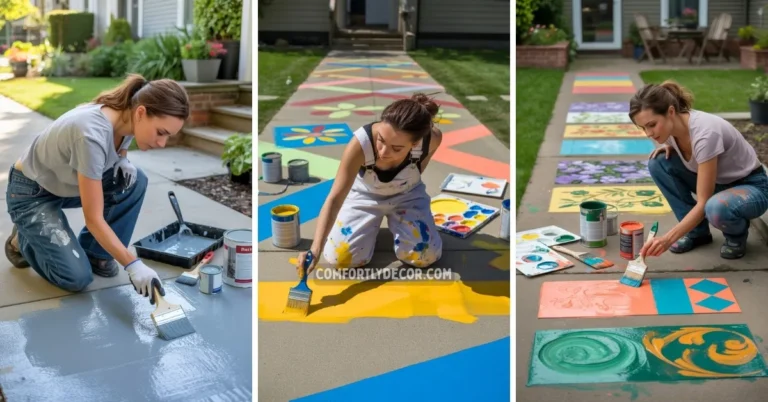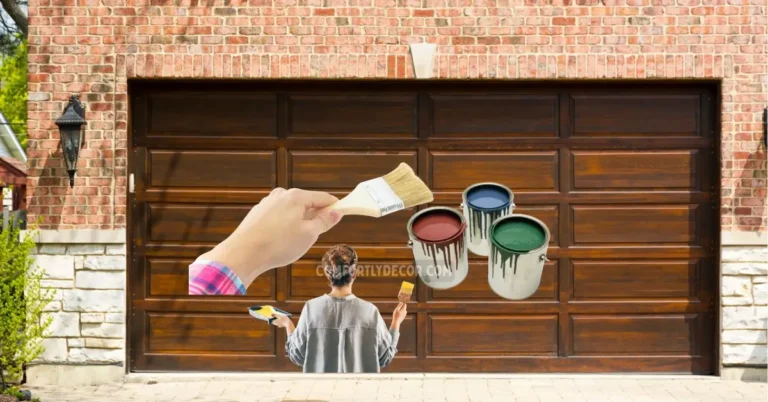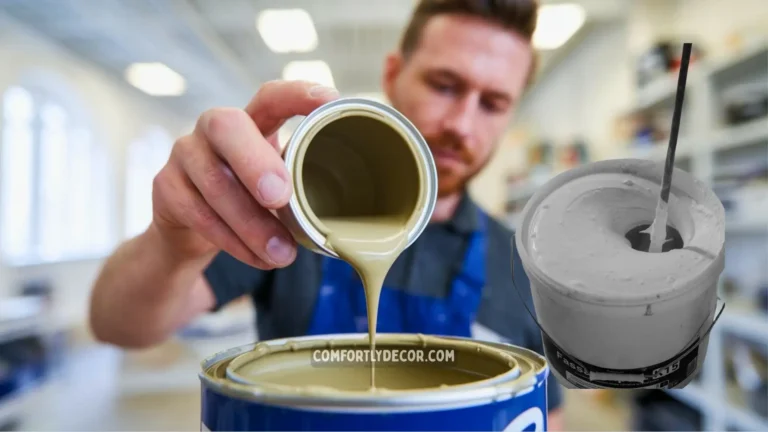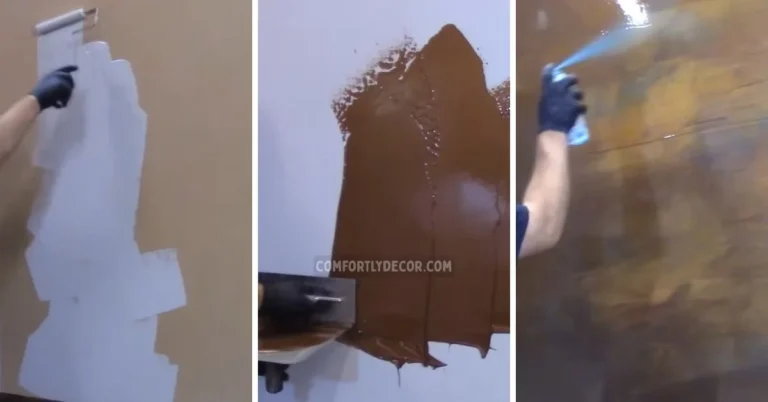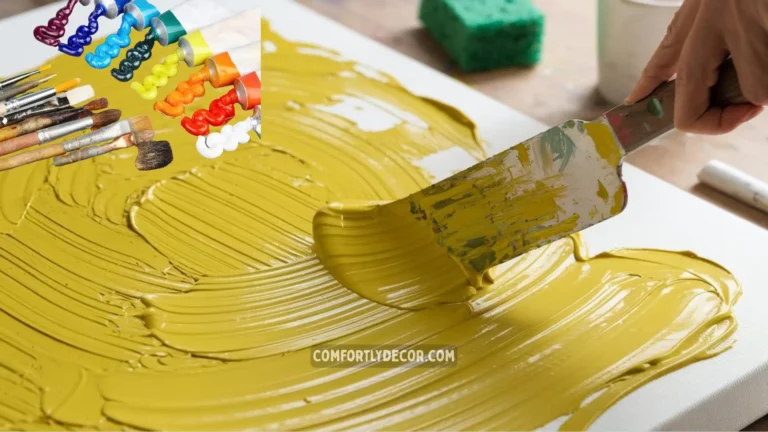How Much Does It Cost to Paint A Small Bathroom || DIY Option Or Hiring A Pro?
Painting a small bathroom might seem like a straightforward project, but have you actually sat down to figure out what it might cost? If you’re thinking, “How expensive can a can of paint and a few brushes really be?”, you’re in for a surprise. Whether you’re tackling a DIY paint job or hiring a professional, there are several factors that determine the final price tag.
This guide will break down exactly what it costs to paint a small bathroom, whether you’re doing it yourself or calling in the pros. Expect helpful tips for saving money without sacrificing quality, because we all know a fresh coat of paint can make or break a room!
Cost Factors to Consider
Before you start grabbing paint swatches, let’s look at the main expenses involved in painting your small bathroom. Spoiler alert: It’s more than just buying paint.
Paint Costs
First off, not all paint is created equal, especially for bathrooms. Bathrooms are high-moisture areas, which means you need a paint that can stand up to all that steamy, hot water. Here’s what to look for:
- Moisture-resistant paint protects your walls from peeling or bubbling over time.
- Mildew-resistant options help prevent that dreaded bathroom mold.
Price ranges for bathroom-appropriate paint:
- Budget-friendly paints start around $20-$30 per gallon.
- High-end paints can run upwards of $60 or more per gallon, but you’re paying for durability and long-term performance.
On average, a small bathroom requires about 1-2 gallons of paint, depending on the size and coverage area. A safe estimate? Expect to spend between $30-$120 on paint alone.
Wondering how much paint you need? Most paint cans provide coverage details on the label (e.g., one gallon covers about 350-400 square feet). For a small bathroom (approximately 40-50 square feet of wall space), one gallon should do the trick. Don’t forget to factor in an extra bit for touch-ups.
Tools and Materials
Paint is just the beginning. The tools and materials needed to actually apply that paint also come with their own costs. Here’s what’s usually involved:
- Brushes ($5 to $15 each) for detail work, like corners or near fixtures.
- Rollers ($10 to $20 for decent ones) to cover larger sections quickly.
- Painter’s tape ($6 to $10 per roll) to avoid messy edges.
- Drop cloths or plastic sheeting ($5-$10) to protect your flooring and surfaces.
- Primer ($20-$25 per gallon), especially if you’re painting over a dark color or uneven surfaces.
If you’re starting from scratch, expect to budget $40-$80 on tools. Already have some supplies left over from another project? Great! That’s an easy way to cut costs.
Cost Factors Depending on Paint Types, Color, and Finishing
Paint Cost:
The type of paint you choose can significantly impact your overall budget. Standard interior paints typically range from $15 to $30 per gallon, while higher-end or specialty paints, such as low-VOC or eco-friendly options, can cost $40 to $70 per gallon or more. If you’re opting for richer or more vibrant colors, be aware that these often require additional layers to achieve full coverage, increasing the amount of paint needed—and, by extension, the cost.
Finishing Cost:
Similarly, the finish of the paint plays a role in cost. Matte and flat finishes are generally more affordable, whereas high-gloss or specialty finishes, like satin or eggshell, often fall in the $20 to $50 per gallon range. If durability or washability is a priority (e.g., in high-traffic areas), investing in a quality finish will be worth the extra cost. Be sure to factor in these variations when planning your painting budget.
Surface Preparation
Here’s the part no one likes to talk about, but it’s crucial. Preparing the walls before painting ensures a smooth, long-lasting finish. Skipping this step is like opening a bakery without an oven…just don’t.
Materials you might need:
- Spackle for patching holes ($5-$10).
- Sandpaper ($5-$10 for a multipack).
- Cleaning solutions to wipe walls free of dust and grease ($5-$15). A DIY trick? A mix of water and mild dish soap works wonders!
Budget around $20-$40 for surface prep materials.
Labor Costs (If Hiring a Professional)
Not sold on the DIY option? Hiring a professional can save time and stress, but it obviously adds to the total expense. For a small bathroom, labor costs can range from $300 to $600, depending on these factors:
- Location (urban areas tend to cost more).
- Experience (more skilled painters may charge extra for expertise).
- Additional services like moving fixtures or repairing walls.
The upside? A professional painter ensures a flawless finish and faster results.
Detailed Cost Breakdown
Now that we’ve covered the basics, here’s a more detailed breakdown of costs, depending on whether you’re tackling the project yourself or hiring a professional.
DIY Option
Here’s what you’ll typically spend for a DIY bathroom paint job:
- Paint (1 gallon): $30-$120
- Tools and materials (brushes, rollers, tape, etc.): $40-$80
- Prep supplies (spackle, sandpaper, cleaner): $20-$40
Total DIY cost: $90-$240
Pro Tip: To save even more, consider borrowing tools from a friend or renting them from your local hardware store.
Hiring A Pro
If you’d rather leave the painting to the professionals, here’s what you’re looking at:
- Labor (flat or hourly rate): $300-$600
- Paint (sometimes included in the quote): $50-$100 (if you pick your own).
Extras like removing fixtures or patching holes might add an additional $50-$100.
Total cost with professional help: $350-$700
The upside? Fewer headaches, zero clean-up, and a flawless finish.
Additional Considerations
Prepwork and paint are the main focus, but there are a few other things to consider when painting a bathroom.
Moisture and Ventilation
Bathrooms are steamy, which makes proper ventilation a must. A good exhaust fan can go a long way in preventing paint from deteriorating over time. A basic fan upgrade costs between $90-$150, while a higher-end model can cost $200 or more.
Address Mold and Mildew
Got mold? Painting over it won’t solve the problem. Use a mold removal product ($10-$30) or consider professional mildew removal services (averaging $300-$500).
Upgrade Fixtures
While you’re updating the walls, why not update those outdated cabinets, faucets, or light fixtures? A few upgrades like these won’t just complement your fresh paint but will elevate the entire space. Expect to spend:
- Cabinet handles (set of 10): $25-$50
- New faucet: $50-$150
- Stylish lighting: $80-$200
Every dollar can go a long way toward achieving a refreshed look.
Tips to Save Money While Painting
Want to stretch your dollar? Here are some practical tips to save without skimping on results:
- Shop for deals – Compare prices at local hardware stores and look for seasonal sales.
- Invest in quality paint – It might seem counterintuitive, but higher-quality paint often requires fewer coats, saving you money in the long run.
- Borrow supplies – Why buy a roller or drop cloth if your neighbor has one you can borrow?
- Do the prep yourself – Cleaning, sanding, and taping might not be fun, but it can cut labor costs significantly.
Painting Your Bathroom Step by Step
Here’s a quick overview if you’re going the DIY route:
- Prep the Room – Remove fixtures, tape edges, and cover your floors.
- Clean and Sand – Wipe down surfaces and sand where necessary.
- Patch and Prime – Fill any wall imperfections, then apply primer.
- Paint – Apply paint in even strokes, allowing adequate dry time between coats.
- Reassemble – Remove tape, clean up, and reinstall fixtures. Voilà!
Additional Painting Considerations
Painting Cabinets and Tiles
Painting cabinets and tiles can give your bathroom a fresh, modern look without the cost of replacements. Use specialized paints designed for these surfaces, as they adhere better and resist moisture. Ensure surfaces are thoroughly cleaned and primed before painting to achieve a smooth and lasting finish.
Calculating Paint Quantity
To avoid purchasing too little or too much paint, measure the dimensions of your bathroom walls and ceilings. Account for doors and windows to subtract unnecessary surface area. On average, one gallon of paint covers about 350-400 square feet. Always buy a bit extra for touch-ups or second coats.
DIY vs. Professional Painting
While painting a bathroom yourself can save money and give you control over the project, hiring professionals may ensure a flawless finish, especially for intricate tasks like painting cabinets or achieving even coats on textured walls. Consider your budget, skill level, and the complexity of the job before deciding.
FAQs
Transform Your Bathroom With a Fresh Coat of Paint
A freshly painted bathroom offers more than just aesthetic value; it creates an inviting space you’ll love stepping into every morning. Knowing your costs, taking the time to prep, and choosing the right materials can make all the difference.
Whether you’re ready to grab a roller or hire an expert, your bathroom makeover awaits! If you’re on the DIY side, what’s your next move? Get started today, and share your before-and-after photos—we’d love to see them!

I am Mindy Medford, a home décor, paint, and design specialist with over a decade of hands-on experience transforming ordinary spaces into cozy, personality-packed havens. Since 2013, I have been helping homeowners discover the art of beautiful yet practical design. I share my love for color, texture, and layout—making stylish interiors & exteriors feel achievable for everyone. Whether it’s picking the perfect paint shade or reimagining a small space, I’m here to guide and inspire.

